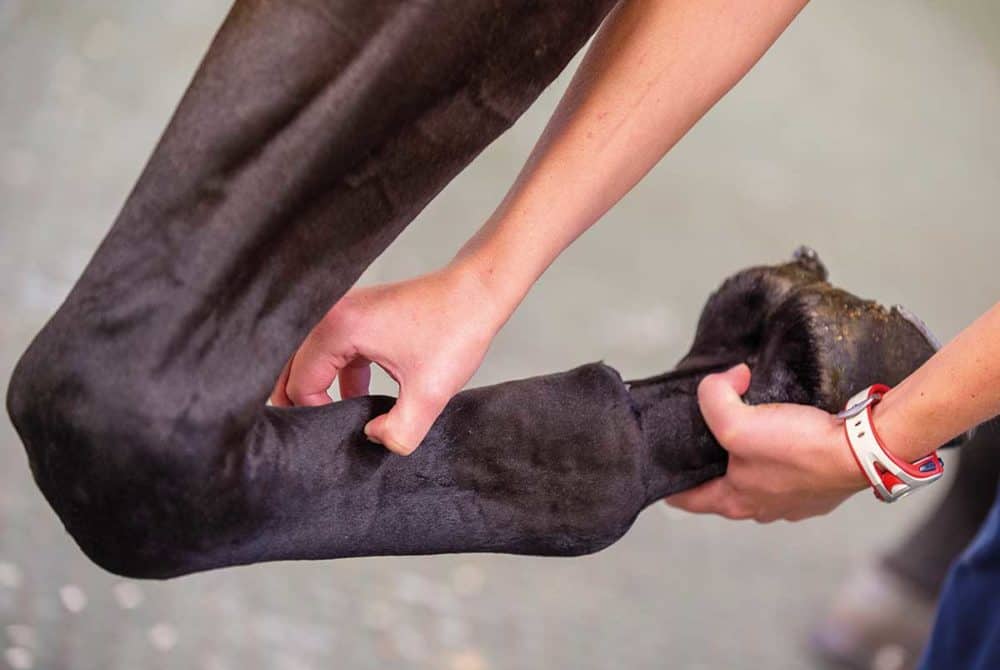What you should know about tendon injuries
Posted 27th April 2020
With early detection and the right treatment, the tricky healing process of tendon injuries can lead to a significantly improved outcome

Tendon and ligament injuries are common causes of lameness in ridden horses and are most often associated with strenuous exercise. While in some cases they might signify the end of a horse’s ridden career or, at the very least, a significant decrease in activity, with appropriate treatment and a lengthy recovery period, many horses are able to return to some level of work. In order to understand why and how these injuries occur, you’ll need to learn a little more about the structures involved.
What are tendons?
Tendons are bands of strong connective tissue that join muscle to bone and are responsible for allowing joints to flex and extend. They transmit the force of the muscle contracting to the bone, which causes the joints to move.
Tendons are made of collagen, which forms long strands that are banded together as tendon fibres. A tendon is made of a large number of fibres bunched together. This structure is what gives tendons their strength, and also makes them slightly elastic.
What’s a ligament?
Ligaments are made of similar connective tissue, however they join bone to bone and aren’t responsible for joint movement. In fact, most ligaments restrict the movement of joints. For example, the suspensory ligament prevents over-extension of the fetlock while the collateral ligaments of the coffin joint prevent side-to-side movement.
Where are the most important tendons?
The flexor tendons, of which there are two – the superficial digital flexor tendon (SDFT) and the deep digital flexor tendon (DDFT) – are found at the back of the horse’s cannon bone. There’s also an additional structure in the forelimb called the accessory or check ligament of the DDFT. For the purposes of this feature all three structures will be considered as flexor tendons.
The flexor tendons are responsible for making the foot and fetlock flex during the stride. They also act as an energy store, like a spring, to help horses move quickly.
Find out more about tendon injuries in June Horse&Rider on sale 30 April 2020. Get your copy delivered direct to your door with free P&P, here.










